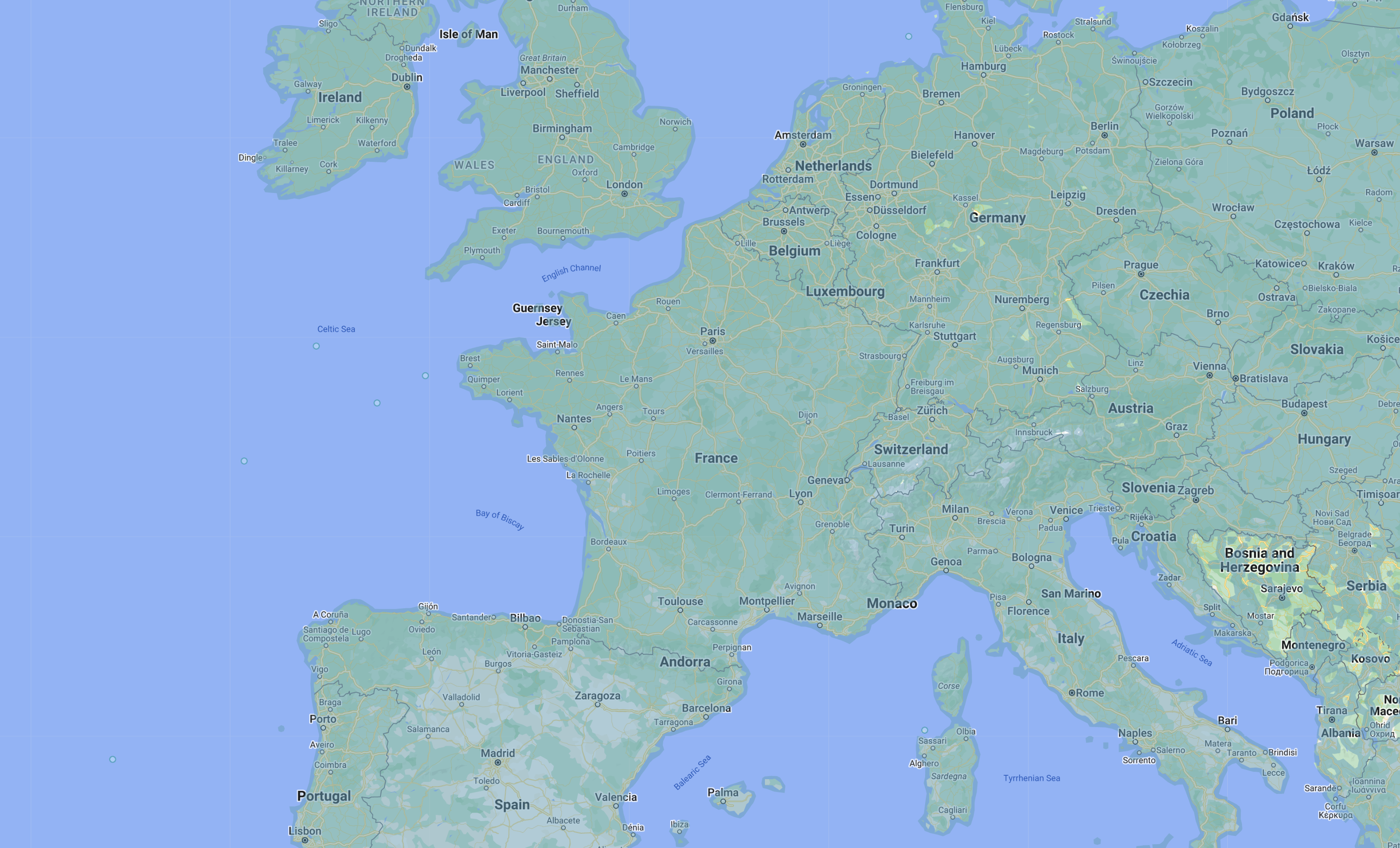Exploring the Unseen Potential of Street-Level Imagery
In today’s data-driven world, urban and non-urban infrastructure planning and maintenance can significantly benefit from technological advancements. One such technological tool is Google Street View (GSV), which has proven to be invaluable not just for virtual navigation but also for detailed infrastructure analysis. In this post, we delve into how Street View can be utilized to survey streetscapes, manage assets, and monitor the condition of vital infrastructure components. With its vast global reach, Google Street View covers over 10 million miles of roads worldwide, capturing 360-degree panoramic views across all seven continents.
Comprehensive Data Collection on the Go
Google Street View offers a unique advantage due to its extensive and detailed imagery. By equipping vehicles with panoramic cameras, Google has managed to capture vast amounts of visual data from roadsides across the globe. This imagery can be a crucial resource for professionals in various fields, including urban planning, civil engineering, and environmental management. Here are some of the key areas where Street View is making a difference:
- Stormwater Systems Management: By analyzing imagery, professionals can assess the condition and effectiveness of stormwater drainage systems, identifying areas prone to clogging or overflow before they result in flooding.
- Road Condition Analysis: Curb conditions are a significant indicator of urban wear and tear. Street View helps in evaluating these conditions, facilitating quicker decisions regarding maintenance and replacements.
- Infrastructure and Furniture Elements: From benches in parks to street lights and signage, Street View helps catalog and manage urban furniture, ensuring that they meet the community’s needs and safety standards.
- Generative design: Finding improvement opportunities through GSV can advise planning of infrastructure and vegetation in a urban context.
Mapping the Dates: Australia’s Street View Journey



An essential aspect of utilizing Google Street View for infrastructure is knowing when the data was collected. This temporal information can significantly impact the relevance and utility of the data in time-sensitive projects. Below, you will find an interactive map of Australia, showcasing the collection dates of Google Street View imagery across different regions.

This map not only helps in understanding the timeline of data collection but also aids in planning subsequent surveys and data validation efforts. By knowing the imagery’s date (brighter colour means more recent), users can prioritize areas that require updated views due to significant changes or development. GSV allow to query the most recent data via its API, while uploads of 3D imagery is also possible.
import requests
def get_street_view_metadata(lat, lon, api_key):
"""
Fetch Street View metadata for a specific latitude and longitude.
"""
base_url = "https://maps.googleapis.com/maps/api/streetview/metadata"
params = {
"location": f"{lat},{lon}",
"key": api_key
}
response = requests.get(base_url, params=params)
return response.json()
def main(lat, lon, api_key):
# Fetch and display metadata
metadata = get_street_view_metadata(lat, lon, api_key)
try:
if metadata['status'] == 'OK':
tx = metadata['date']
print("Street View image available.")
print(f"Date: {metadata['date']}")
else:
print("Street View image not available.")
print("Status:", metadata['status'])
tx = metadata['status']
except KeyError:
tx='error'
return(tx)
Looking Forward
As we continue to explore the potentials of Google Street View in urban management and planning, it’s clear that the application of this technology extends far beyond simple navigation. By making full use of the historical and up-to-date imagery provided by Google, we can enhance our understanding and management of urban infrastructure more efficiently than ever before.
In conclusion, the integration of Google Street View into infrastructure management processes promises to revolutionize how we maintain, plan, and develop our urban and rural streetscapes. It is an exciting time for industry professionals to leverage this tool to its full potential.
Leave a comment